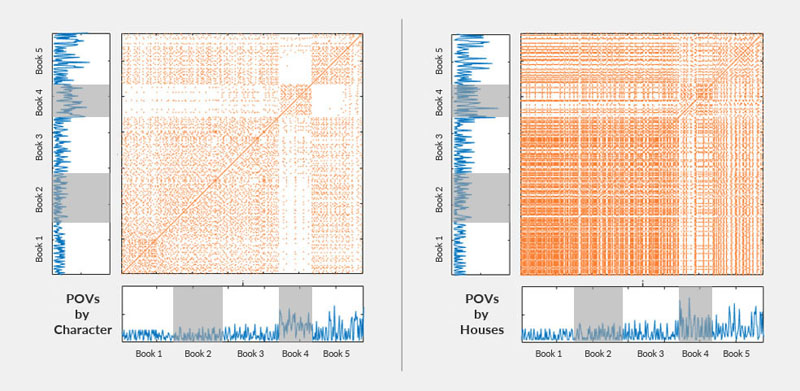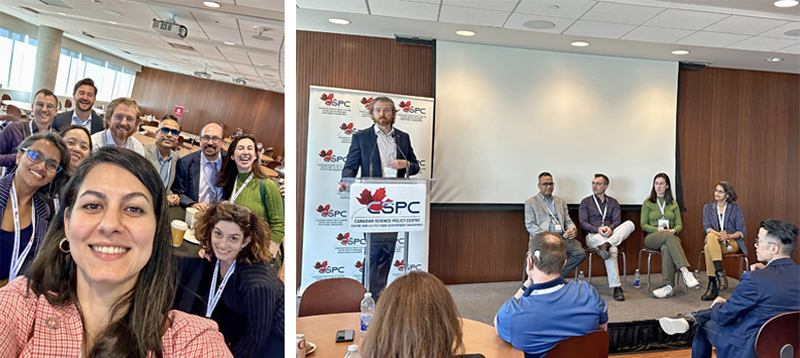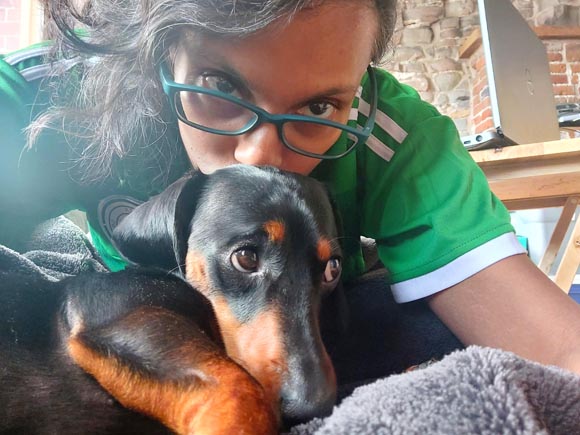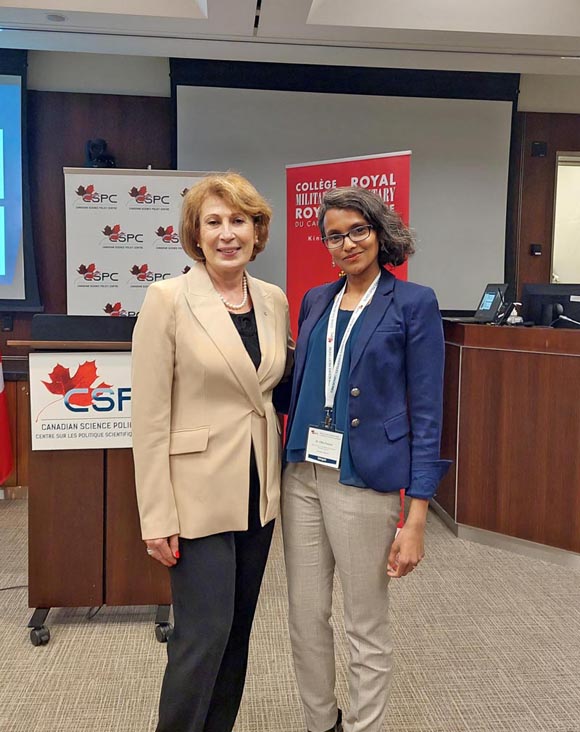Decoding Game of Thrones
Published:
One benefit of teaching yourself and re-learning analytical techniques is coming up with fun ways to apply these methods to new data so that you can play around with parameters. Which essentially means that I stayed up until 4am applying recurrence quantification analyses to A Song of Ice & Fire!
Recurrence plots are a great way to depict repetitions within any kind of time series data, and if we create recurrent plots for all of the viewpoints we hear from in all five books, and then separate these based off of the Characters versus the Houses they represent, there’s such a fun difference in patterns here.

Within the recurrence plots POVs grouped by Characters, we can see a very clear white band that only occurs in Book 4 and Book 4 alone, showing a lack of repetitions in this book from the characters we met in Books 1-3, and supporting this idea that George R. R. Martin introduced A LOT of new characters in Book 4. But interestingly, when you look at recurrence plot POVs grouped by Houses, these bands disappear, and instead you get almost a shift throughout the plot, with darker regions in Books 1-3 compared to lighter regions in Books 4 and 5. What this suggests is that these viewpoints may not have been the detour we quite felt when reading the books, and instead there’s just been a general trend towards hearing from lesser known characters from houses we already know and love (or loathe).
If Martin ever comes out with Books 6 and 7, it’d be great to see if we revisit these Character POVs or see a change in which Houses we hear from over time, likely on account of some families becoming less important (or on account of their untimely deaths). But in the meantime, it’s been fun to work with RQA methods again and revisit some of my favourites from these books!












